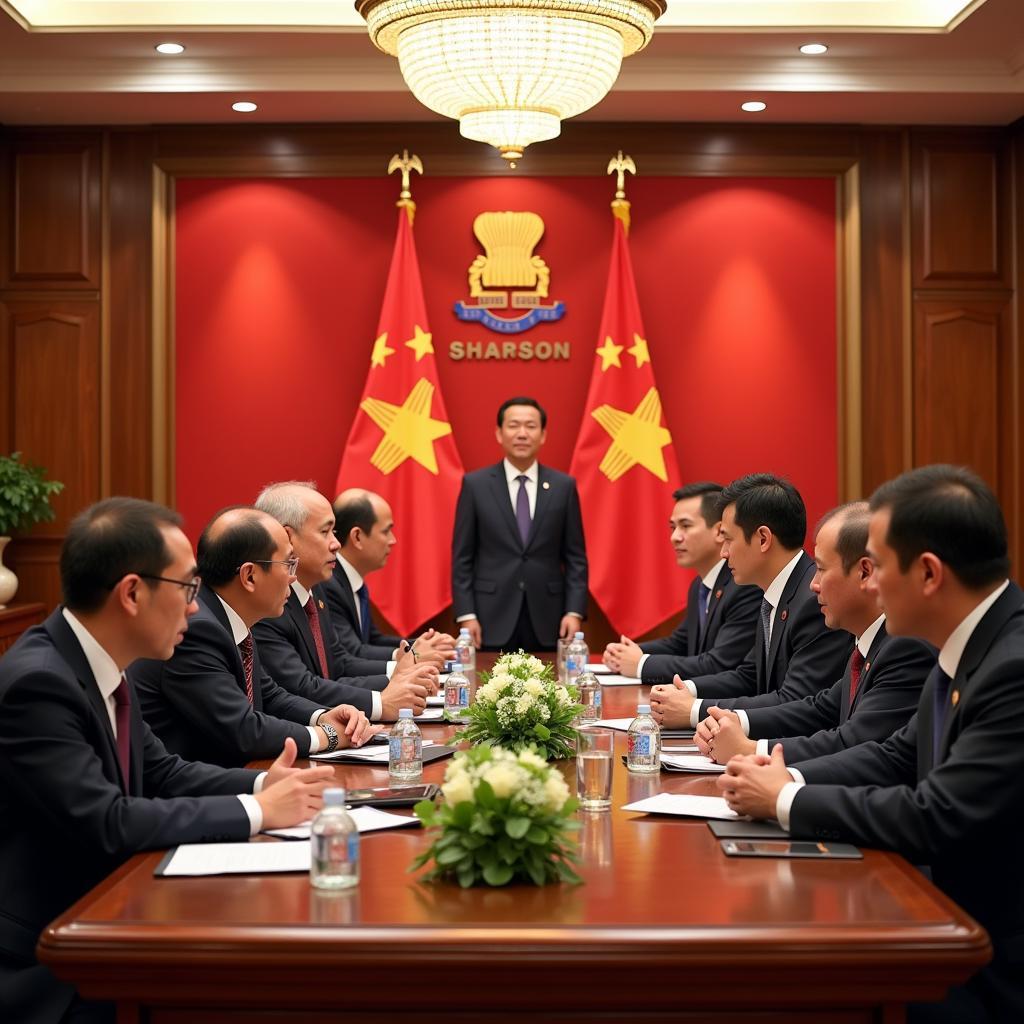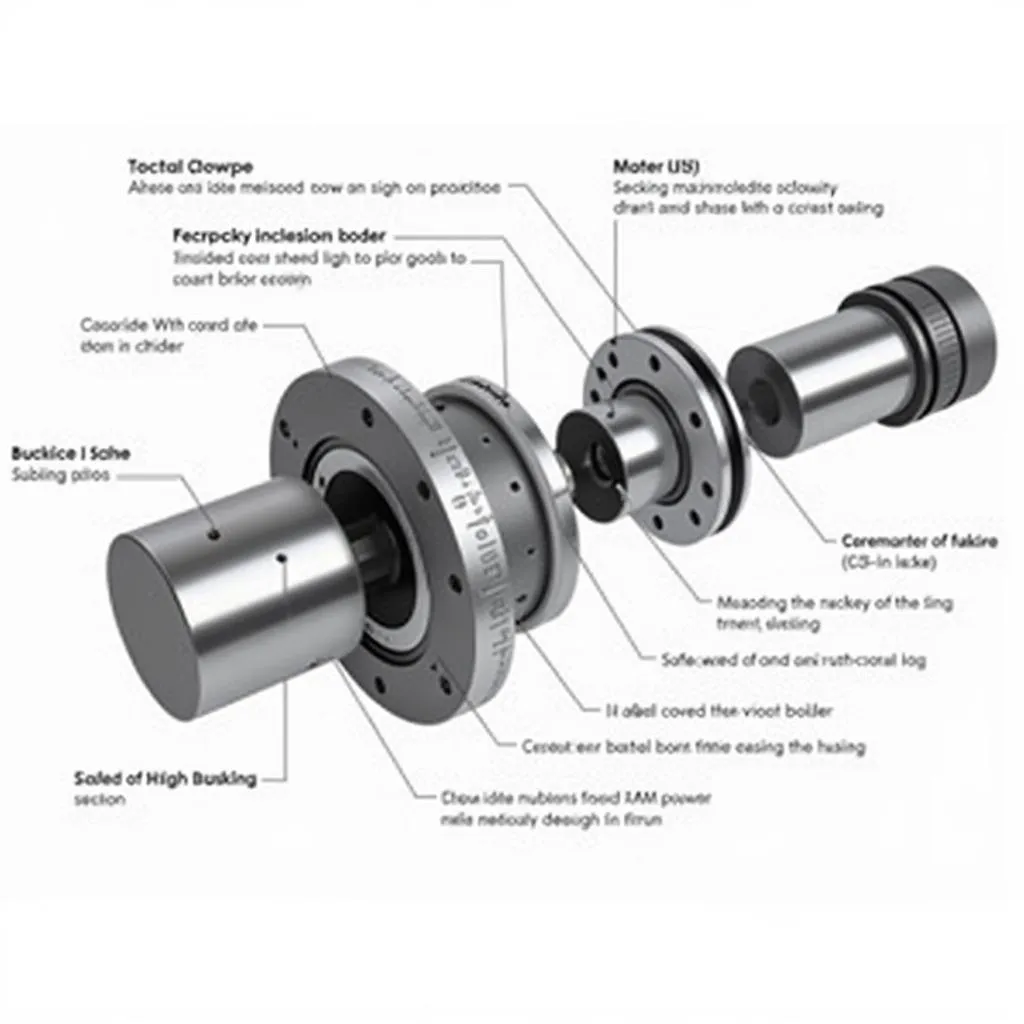The Asia-Pacific region, a dynamic hub of economic activity and cultural diversity, is home to a complex tapestry of regional organizations. Among these, Apec And Asean stand out as prominent actors, each with its own distinct characteristics, objectives, and contributions to regional cooperation. Understanding the nuances of “APEC and ASEAN” is crucial for anyone seeking to navigate the geopolitical landscape of the Asia-Pacific.
Delving into the Core: APEC and ASEAN Defined
APEC, the Asia-Pacific Economic Cooperation, is a 21-member intergovernmental forum established in 1989. Its primary goal is to promote free trade and economic cooperation throughout the Asia-Pacific region. With a focus on economic growth and prosperity, APEC fosters dialogue and collaboration on trade and investment liberalization, business facilitation, and economic and technical cooperation.
 APEC Member Countries
APEC Member Countries
ASEAN, the Association of Southeast Asian Nations, founded in 1967, is a political and economic union of 10 Southeast Asian countries. Its aims extend beyond economic integration to encompass political security, socio-cultural cooperation, and regional stability. ASEAN endeavors to promote peace, amity, and cooperation among its members, accelerating economic growth, social progress, and cultural development.
APEC and ASEAN: A Comparison of Scope and Approach
While both organizations strive for regional integration, key differences lie in their membership, geographical scope, and areas of focus.
Membership: APEC boasts a broader membership, encompassing economies across the Pacific Rim, including major players like the United States, China, Japan, and Russia. Conversely, ASEAN’s membership is limited to Southeast Asian nations.
Geographical Scope: APEC covers the wider Asia-Pacific region, reflecting its focus on trans-Pacific economic ties. ASEAN’s reach is concentrated within Southeast Asia, emphasizing regional cooperation within this sub-region.
Areas of Focus: APEC primarily focuses on economic issues, with trade and investment liberalization as its cornerstones. ASEAN maintains a broader agenda, encompassing political, security, and socio-cultural dimensions alongside economic cooperation.
[apec asean]
Complementary Roles in the Regional Architecture
Despite their differences, APEC and ASEAN play complementary roles in fostering regional cooperation within the Asia-Pacific.
Synergistic Partnership: Both organizations recognize the value of collaboration and have established platforms for dialogue and cooperation. They collaborate on issues of common interest, such as trade facilitation, supply chain connectivity, and digital economy development.
Promoting Regional Stability: By fostering economic interdependence and addressing shared challenges, APEC and ASEAN contribute to a more stable and prosperous Asia-Pacific region.
 APEC and ASEAN Leaders Meeting
APEC and ASEAN Leaders Meeting
Looking Ahead: Navigating Future Challenges Together
The Asia-Pacific faces a myriad of challenges, from geopolitical tensions and climate change to technological disruption and socioeconomic inequalities. APEC and ASEAN, with their distinct yet complementary roles, will be crucial in navigating these complex waters.
Strengthening Economic Integration: Furthering trade and investment liberalization, promoting digital connectivity, and fostering innovation will be key to driving sustainable and inclusive growth.
Enhancing Regional Security: Addressing traditional and non-traditional security threats, such as maritime disputes, terrorism, and cybercrime, requires collaborative efforts and dialogue.
Promoting Sustainable Development: Tackling climate change, promoting environmental protection, and ensuring equitable access to resources are paramount for long-term regional stability.
[apec and asean comparison]
Conclusion: A Shared Future in the Asia-Pacific
APEC and ASEAN, while distinct in their structures and approaches, share a common goal: fostering cooperation and prosperity in the Asia-Pacific. As the region navigates the complexities of a rapidly evolving global landscape, the roles of these organizations become ever more critical. Understanding their nuances and embracing their complementary strengths will be key to unlocking the full potential of regional cooperation and ensuring a brighter future for the Asia-Pacific.
Need assistance navigating the complexities of APEC and ASEAN? Contact us at Phone Number: 0369020373, Email: [email protected] or visit our office at Thon Ngoc Lien, Hiep Hoa, Bac Giang, Vietnam. Our dedicated team is available 24/7 to provide support and guidance.

